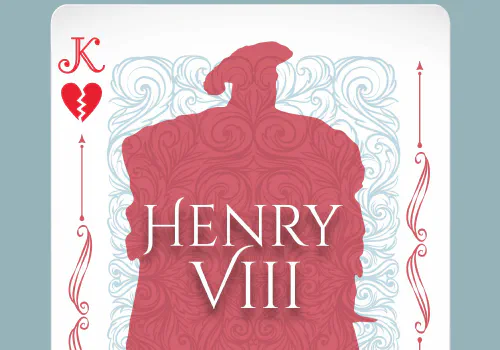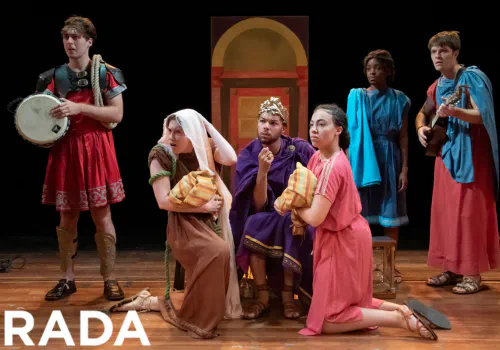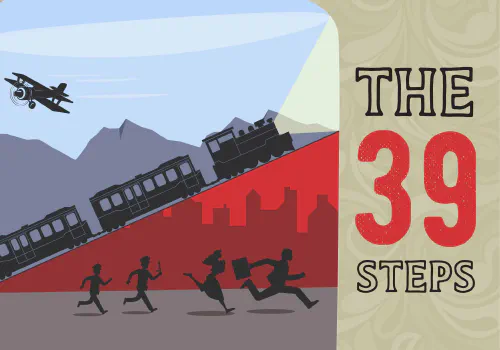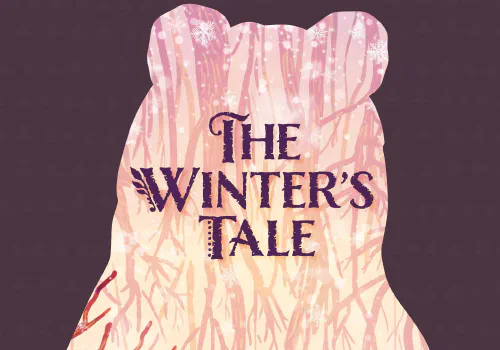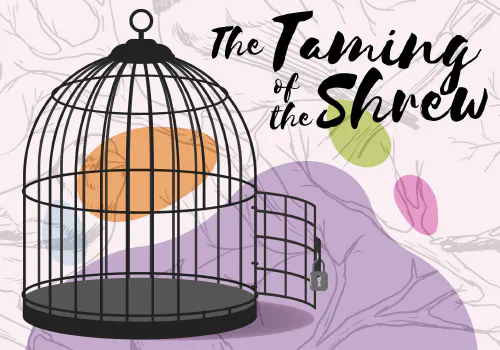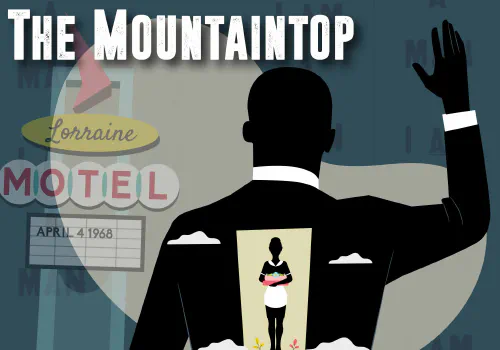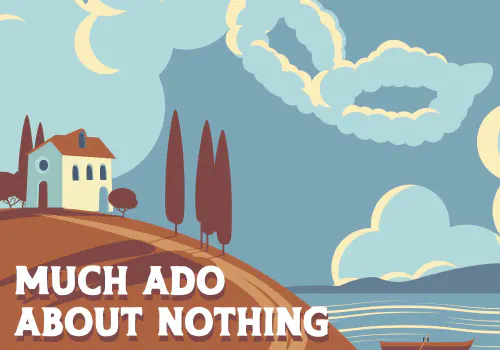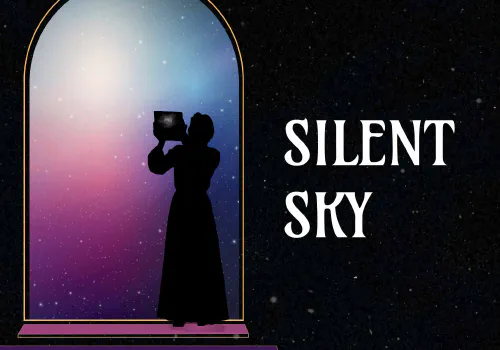By Ace G. Pilkington and Olga A. Pilkington
A Midsummer Night’s Dream is a play about women defying men. It is also, of course, about many other things, but, nevertheless, this play contains a series of stories where women defy men at almost every level from the marital to the martial, from recalcitrant brides to warring Amazons. For example, Theseus and Hippolyta meet on the battlefield, and their relationship continues to have its conflicts. Oberon and Titania nearly come to blows over her fixation on the changeling child, a mania that Oberon cannot break directly-even with all his magic-but only by replacing one of Titania’s obsessions with another. Hermia refuses to obey her father-or Theseus, come to that. Helena will not accept Demetrius’s rejection of her, chasing him down (like another Helena in All’s Well That Ends Well) while she points out that, as a woman, she should not be chasing him at all (particularly in the woods at night). And because this is Shakespeare and comedy, not one of these assertive, argumentative, occasionally armor-bearing females comes to a bad end as a result of her aggression.
Shakespeare set the stage for these battles of the sexes by invoking the old and (by the lights of the Protestant Reformation) destabilizing fertility rituals of Midsummer. As Stephen Greenblatt says, “These folk customs, all firmly rooted in the Midlands, had a significant impact upon Shakespeare’s imagination, fashioning his sense of the theater even more than the morality plays. . . . Folk culture is everywhere in his work, in the web of allusions and in the underlying structures. The lovers who meet in the Athenian woods in A Midsummer Night’s Dream are reminiscent of May Day lovers” (Stephen Greenblatt, Will in the World: How Shakespeare Became Shakespeare [New York: W. W. Norton &Company, 2004], 40). It is not too much to say that Midsummer festivals are about fertility and also about older systems of belief, pagan gods, and less patriarchal social structures. In the words of Harold F. Brooks, “It was in the May-game that the tradition of the ancient fertility cult lived on. The observaunce to May' was everybody’s pastime’: it was at least as much a popular custom as a courtly one. There is a correspondence in the Dream’s whole action with the movement of the May game, from the town to the woods and back, bringing home the summer” (Harold F. Brooks ed., The Arden Edition of the Works of William Shakespeare: A Midsummer Night’s Dream [London: Methuen, 1983], lxix). There were such games with their half-forgotten, half-numinous rituals scattered all over Europe. Some of them are especially pertinent to Shakespeare’s story. Sir James Frazer found, for example, “that in Sweden the ceremonies associated elsewhere with May Day or Whitsuntide commonly take place at Midsummer.” He also wrote (in 1922) that in “the Swedish province of Blekinge they still choose a Midsummer’s Bride” who “selects for herself a Bridegroom” (Sir James George Frazer, The Golden Bough [New York: The Macmillan Company, 1940], 133). Frazer tells of Briancon (Dauphine) where “on May Day the lads wrap up in green leaves a young fellow whose sweetheart has deserted him. . . . He lies down on the ground and feigns to be asleep. Then a girl who likes him, and would marry him, comes and wakes him and raising him up offers him her arm” (Frazer, 133).
Often, the new religion (or the latest version of the new religion as was the case in Elizabethan England) connects such ceremonies and their older gods to the dead and to evil as a way of suppressing them, but folk memories are long, and the stories have within themselves the seeds of their own resurrection. Katharine Briggs points out such forms of suppression and the “close connection” between ghosts, fairies, White Ladies, “the Irish `Bean Fionn,’” and Guenevere in the Arthurian cycle” (Katharine Briggs, A Dictionary of Fairies [Harmondsworth, Middlesex: Penguin, 1977], 430). The rusalka offers an especially clear example of the process. The rusalka survives in Slavic folklore as a water spirit, fertility spirit, fairy, nymph, ghost, or sometimes all of the above. “Weaving flowers into her hair, she was the very picture of eroticism.” Like the supernatural creatures in A Midsummer Night’s Dream, “in early summer . . . the rusalki would leave their homes in the rivers and streams to dance together in the woods and fields (Forests of the Vampire: Slavic Myth [New York: Barnes and Noble, 2003], 66-67). “The rusalka’s description shows very handily the inversion which occurs to an important pre-Christian figure with the growing influence of Christianity. What was once sacred becomes profane; what was positive becomes negative.
The rusalka is probably a descendant of Mokosh’, the goddess of fertility, bounty, and moisture, and the protectress of women’s work and the fate of maidens. Her taming by the cross may reflect just that-the taming of belief in the rusalka as a powerful supernatural figure due to the influence of Christianity” (Philippa Rappaport, “If It Dries Out, It’s No Good: Women, Hair, and Rusalki Beliefs,” SEEFA Journal, vol.4, no.1 Spring 1999: 55-64).
It is likely that the rusalka is a remnant of an older society in which women were freer to express their sexuality and to disagree with men. The folk beliefs which Shakespeare is invoking also have a strong element of feminine freedom about them. Brides may choose their husbands, goddesses grant fertility and survival, and women succeed as warriors. Interestingly enough in view of his miniaturization of some of his fairies, Shakespeare has worked hard to restore others to their full divine power. Titania is not merely Queen of the Fairies; she is also Diana/Artemis, in the words of Sir James George Frazer, a goddess of “wild beasts, a mistress of woods and hills, of lonely glades and sounding rivers. . . . Diana . . . may be described as a goddess of nature in general and of fertility in particular.” As a goddess of fertility, “it behooved Diana to have a male partner.” Folk beliefs have her coupled with “the priest who bore the title of King of the Wood.” Frazer suggests that “the aim of their union would be to promote the fruitfulness of the earth, of animals, and of mankind” (Frazer, 140-141) all of which is threatened, should “Titania cross her Oberon” (Shakespeare, A Midsummer Night’s Dream, Wolfgang Clemen ed.[New York: Signet,1963], 2.1 19). But, of course, the situation in A Midsummer Night’s Dream of bad weather to be corrected by the sympathetic magic of a male-female union is exactly what the folk rituals were.
Titania as Diana/Artemis is also an Amazon goddess; a deity who is, as the Amazons were thought to be, both virginal and sexual. Titania’s obligations as such a goddess would be with “fairy grace” (4.1 402) to bless the marriage of Theseus and his warrior bride. Hippolyta and Theseus’s way to the altar lay through the path of war. Amazons and Hippolyta as their Queen are part of the pre-Christian society where “women hold religious power” and thus possess more freedoms. As Lyn Webster Wilde says, “The Amazons . . . are borderline beings . . . : they are women with the power of women but they express that power in a masculine way” (Lyn Webster Wilde, On the Trail of the Women Warriors [New York: St. Martin’s Press, 2000], 105). In A Midsummer Night’s Dream, Shakespeare has given us an Amazon goddess, an Amazon Queen, and for good measure, Queen Elizabeth, who was sometimes viewed as an Amazon.
“During her lifetime, Queen Elizabeth was identified with several Amazonian personages, including Diana” (Gail Kern Paster and Skiles Howard, eds., William Shakespeare A Midsummer Night’s Dream: Texts and Contexts [New York: Bedford/St. Martin’s, 1999], 199). So, in the end, in that all-inclusive way of his, Shakespeare took his audience into the mythic past, only to bring them again to their present, where a new myth was being built, and a new woman wielded power.


